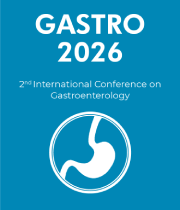Sigmoidoscopy
Sigmoidoscopy Is A Medical Procedure Used To Examine The Sigmoid Colon, Which Is The Lower Part Of The Large Intestine. It Is Done Using A Sigmoidoscope, A Thin, Flexible Tube With A Light And A Camera At The End. The Sigmoidoscope Is Inserted Through The Anus And Rectum Into The Sigmoid Colon, Allowing The Doctor To View The Inside Of The Colon And Detect Any Abnormalities. Sigmoidoscopy Can Be Used To Diagnose Or Screen For A Variety Of Conditions, Including Colorectal Cancer, Inflammatory Bowel Disease, And Diverticulitis. It Can Also Be Used To Detect And Remove Polyps, Which Are Growths In The Colon That Can Become Cancerous If Left Untreated. In Addition, Sigmoidoscopy Can Be Used To Diagnose Bleeding In The Lower Intestine And To Locate The Source Of Abdominal Pain. The Procedure Is Generally Safe And Painless, And Requires No Anesthesia. After The Sigmoidoscope Is Inserted, Air Is Then Pumped Into The Colon To Make It Easier To See Inside. During The Procedure, The Doctor May Take Biopsies Or Remove Polyps. The Procedure Typically Takes 15 To 30 Minutes.



